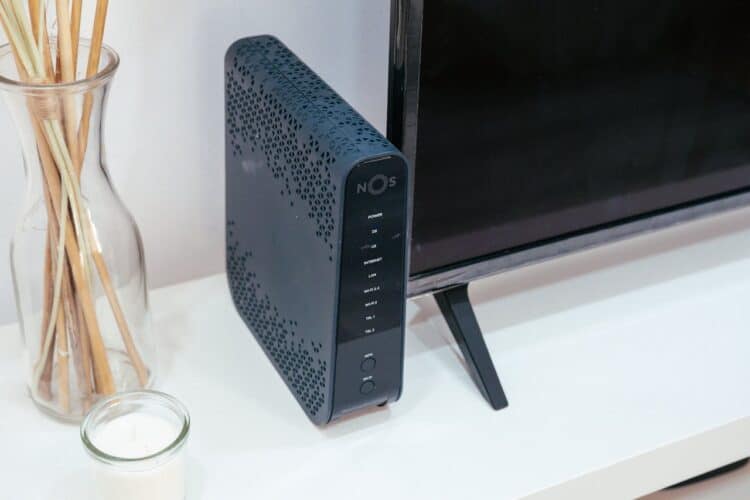
The Wireless Broadband Alliance (WBA) has unveiled its vision for Wi-Fi in 2025, outlining ten predictions that reflect the industry's evolution. Led by President and CEO Tiago Rodrigues, the WBA emphasises the transformative potential of Wi-Fi as it adapts to meet the surging demand for connectivity, speed, security, and energy efficiency.
At the forefront of this evolution is the anticipated adoption of Wi-Fi 7. This next-generation standard is set to revolutionise connectivity for technology-driven industries, smart home enthusiasts, and enterprises requiring robust bandwidth for remote collaboration and high-definition streaming.
Smart cities are likely to spearhead this transition, utilising Wi-Fi 7 to enhance real-time data collection from IoT devices, thereby improving traffic management and public safety.
The expansion into the 6 GHz band, facilitated by Automated Frequency Coordination (AFC) systems, will further bolster Wi-Fi's capabilities. As countries, particularly in North America and Europe, embrace AFC, the potential for unlicensed Wi-Fi in high-density public spaces will increase dramatically, ensuring seamless connectivity in busy environments like airports and stadiums.
Artificial intelligence is also poised to play a significant role in optimising network performance. AI-driven routers will intelligently manage bandwidth and device connections, enhancing user experience, especially in IoT-heavy settings. This shift towards AI integration will allow for tailored solutions that meet individual connectivity needs.
Moreover, the convergence of Wi-Fi with 5G and 6G technologies promises an uninterrupted, high-quality connectivity experience. As users transition from Wi-Fi-rich environments to urban areas powered by 5G, innovations like OpenRoaming will ensure secure, automatic connections, paving the way for applications such as augmented reality and real-time gaming.
OpenRoaming is set to redefine public Wi-Fi experiences, streamlining connectivity in various settings, from universities to large city deployments. This initiative will support the growing trend of municipalities expanding public Wi-Fi networks, driven by smart city initiatives aimed at improving urban living.
Finally, a greater emphasis on energy efficiency will mark the future of Wi-Fi. Technologies like Target Wake Time (TWT) will optimise battery life for IoT devices, ensuring that the growing network of connected devices is sustainable and efficient.
In conclusion, the WBA's predictions for Wi-Fi in 2025 signal a transformative era in connectivity. As the industry embraces innovation, interoperability, and energy efficiency, the groundwork is laid for a more connected, intelligent world where seamless connectivity is not just an aspiration but a reality.



